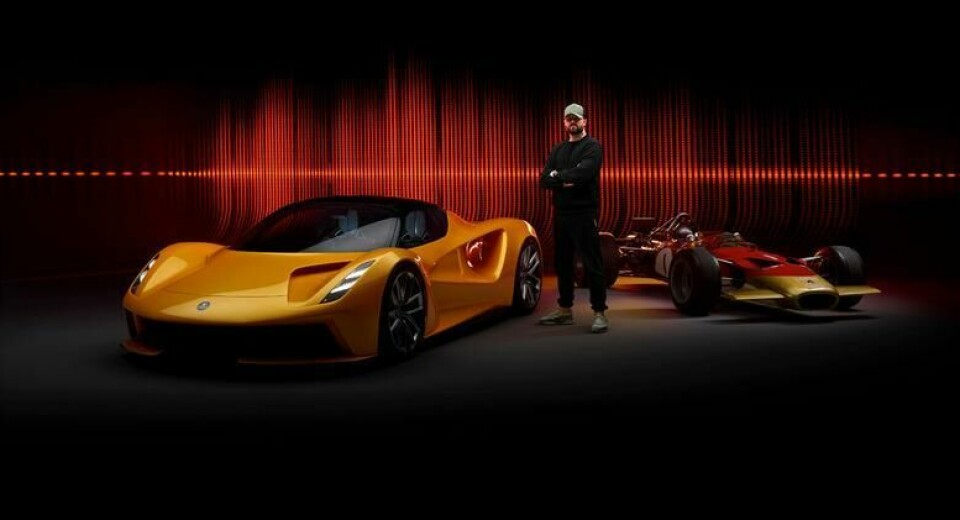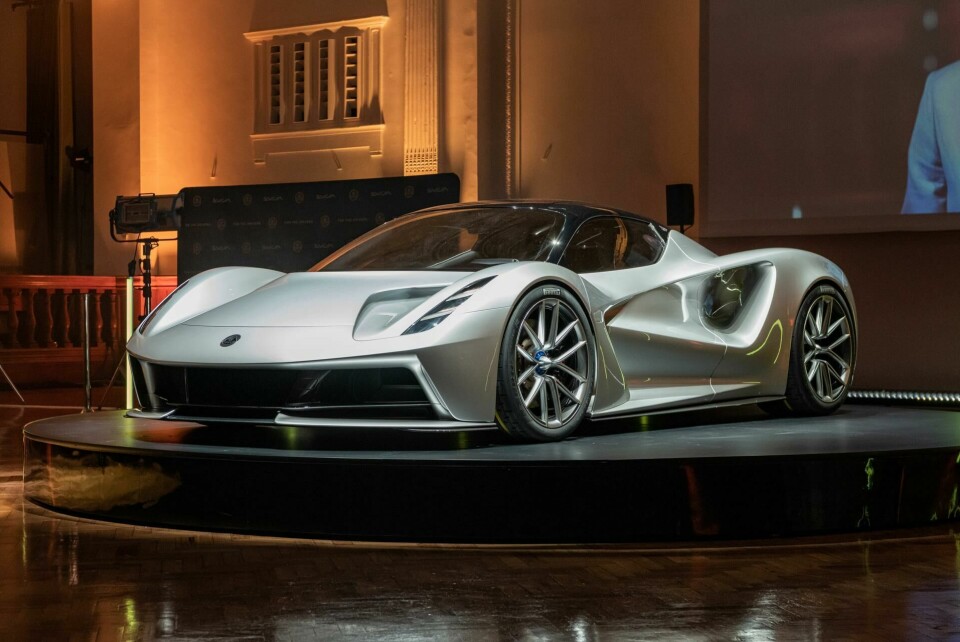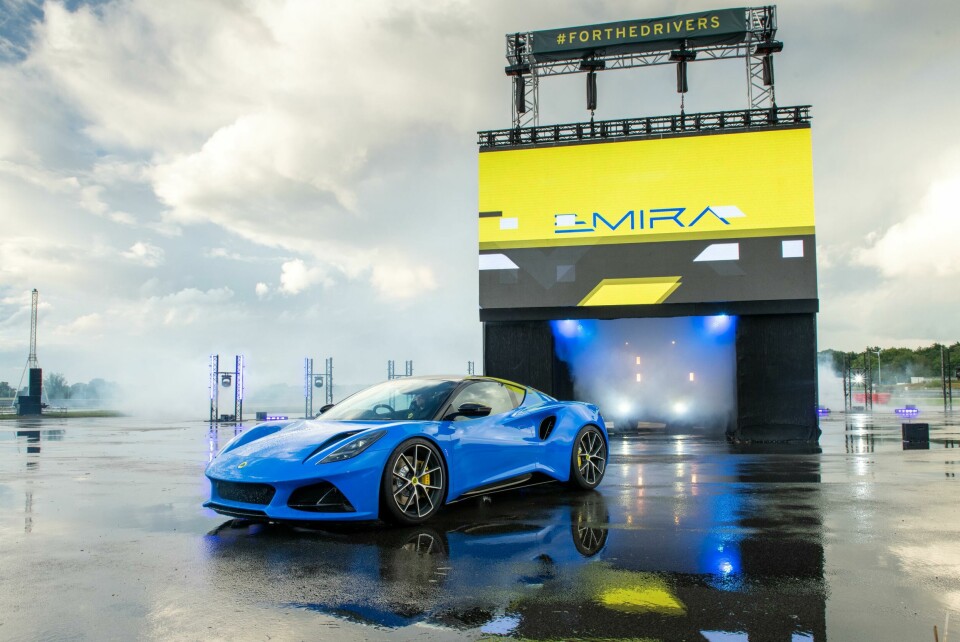
Interview: Sound designer Patrick Jordan-Patrikios
Sound designer Patrick Jordan-Patrikios is on a mission to bring sound to the heart of the design process. Car Design News spoke to him about his compelling career, his work for Lotus and why he is on a mission to push sound to the heart of the design process
Sound designer Patrick Jordan-Patrikios’ career to date has been far from conventional. A gifted musician, Jordan-Patrikios’ first job was as a drummer for rap artist Coolio. An accident curtailed his career and prompted a move into writing and producing where he worked with some of the biggest names in music: everyone from Susan Boyle to Little Mix.
In search of a new challenge, he moved into the world automotive sound design – if you are lucky enough to own either a Lotus Evija or Eletre you will be familiar with his work. Car Design News spoke to the sound designer about his fascinating career journey.
Car Design News: How did you become a sound designer?
Patrick Jordan-Patrikios: My first sort of step into the music industry was a session drummer. I was playing with a lot of different pop bands and Coolio was my main gig. Then I got involved with production and songwriting after I had an accident and ripped all the tendons in my hand. I could not play drums anymore.
It was an awful time, but one day I popped into the Apple store on Regent Street and they had this keyboard set up with all the music software. That place became my university – I went every day for about a year and a half teaching myself how to produce. I got in touch with record labels and started sending them music from the shop. I produced this piece of music that ended up on the desk of Simon Cowell for an opera group, El Divo. That was my first contract.
I see a lot of OEMs overdoing it, putting sounds on every little menu click
From there I worked with an array of artists: Little Mix, Olly Murs, Susan Boyle. I had a great run with number one albums and singles. But the music industry is very temperamental. One minute you’ve written the biggest song in the world, and the next thing you’re twiddling your thumbs waiting for an artist to release your work. I felt I had to use my skills in other areas and that is what led me to Lotus.
CDN: What did you do for Lotus?
PJP: Initially I was creating bespoke pieces of music for content: product launches, videos. Then they came to me and said they had a hypercar that needed sound.

CDN: This was the Evija?
PJP: Right. Lotus had the architecture and technology but no sound. So, their first question for me was what was possible with the hardware in the vehicle. It was quite limited, but there was an opportunity to do something incredible with the engine noise.
I spent some time in the vehicle and then sat down with Russell Carr and various departments and gave them options of maybe four or five engine sounds, four or five indicator sounds. It made sense to lean into Lotus’ racing heritage, so I recorded the V12 racing car engines and manipulated the sound to be more futuristic, but still true to the character of the brand and car.

CDN: How much of your role was to provoke an emotional response?
PJP: If you lose the connection and feedback between driver and car, the diehard car fans think they might as well ride a bicycle. There is no better sound than a V8 or V12. For Evija, the engine sound I created was modern and futuristic without being too spaceship-like. But it wasn’t just the engine noise. I put sound in different places – turning the engine on you get this welcome sound to put you in the mood for driving or the ambient background sound when the car is charging. I was trying to pinpoint where sound would and wouldn’t fit – I see a lot of OEMs overdoing it, putting sounds on every little menu click. I also worked on the on demo version of the Eletre with the UX/UI team in Coventry to create the sound for the UX and the charge screen.
Sound can tell us about character, place and time – it informs us and moves us in ways visuals cannot
CDN: How do you match sound with aesthetics?
PJP: It depends on the brand. There are light sounds and dark sounds. Lynk & CO, for example, wanted cooler, dark sounds not a light and happy sound because it fits with the cool image they are trying to cultivate. But I am finding that some OEMs don’t know what their brand should sound like. Tesla, for example, has this cheesy high-pitched reversing sound, which does not match up with the car. I’ve been making records for 20 years, so I understand what goes into making a track, what makes people love it. I want to create those moods in a vehicle. It should be a whole, harmonious experience.
I think when it comes to sound and OEMs, it is a new world. Sound can tell us about character, place and time – it informs us and moves us in ways visuals cannot. Working with designers is key as they’re also creative people. People like Pontus Fontaeus and Russell Carr understand that it is a side of design and that sound and design should fall into a category. I feel many OEMs put sound to designated teams and hope for the best but my goal is to go into projects at a base level to really create the DNA and character of a vehicle through sound. Ambient sound can move you in so many ways.



